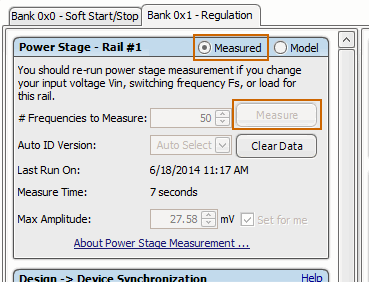I'm trying to implement a system of TI controllers and drivers to generate upwards of 10 rails for a board design. I needed accurate low-current measurements, so I added a sense resistor and instrumentation amp similar to a design on a Xilinx eval board. When I adjust my current monitor gain/offset, and set my thresholds for current limit and fast current limit I'm running into issues. The same PTD08 driver seems to get into some state where it burns itself out. The rail where this happens typically only draws a few hundred mA, so it's nowhere near the 10A limit for the part. We must be doing something wrong in our settings. I've killed 3 parts so far, so I'm looking for some help. I've attached a PDF showing the power distribution architecture, and then the relevant pages of the schematic are also attached. For some reason, U28 keeps killing itself and the VCC_POS_3P3V rail measure a low-resistance to GND.
-
Ask a related question
What is a related question?A related question is a question created from another question. When the related question is created, it will be automatically linked to the original question.


